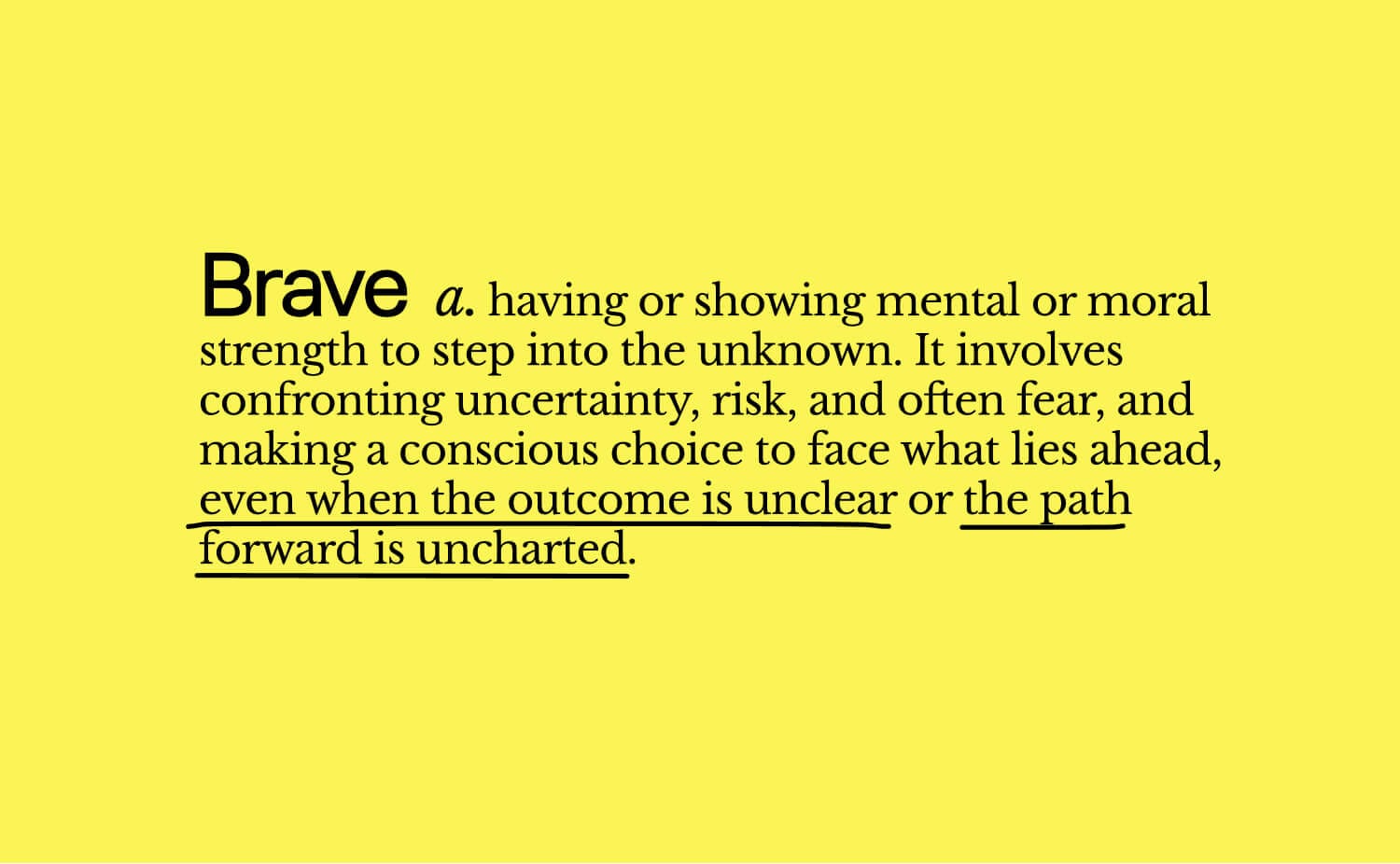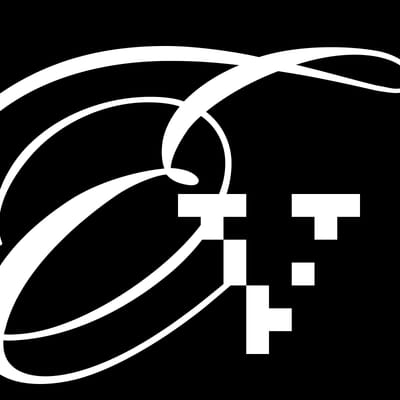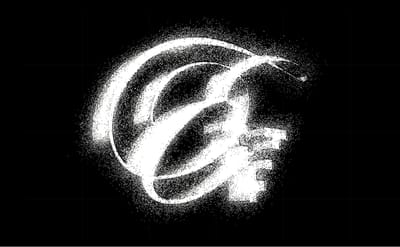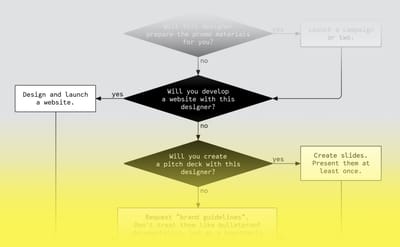Bravery and best practices

"Brave" is one of the most overused brand attributes in the tech industry. Right after the all-time winners like "innovative", "trustworthy" and "game-changing".
But "brave" is rarely put into practice beyond brand guidelines.
Because of the "risk" component. The bigger your product becomes, the higher the mountain you climb, the riskier each unknown step becomes. And when the stakes are high, you have more to lose if something goes wrong.
That's why CMOs of Series B+ products, which were created with the "dream" of acquisition, lean toward best practices.*
Marketing best practices and design trends exist to remove the risk. They give you the feeling of safety: "It will work for you because it worked for others before".
Best practices and trends are not universally bad.
Just like drugs, in the right amount for the right person at the right time, they are a reliable cure. And for many young startups, they are all that's needed — a fast track that worked for others.
There is no bravery in following them, though.
Bravery is a choice to embrace the unknown in hope of a better future.
If you are a founder who considers "brave" as your product's brand attribute, as soon as you choose to be seen as "brave", you should get ready to take the nearest exit from the Highway of Best Practices.
You are about to do Something New.
Yours,
Ira
P.S.
* – Not all CMOs play safe. If you know one who likes risking forward and appreciates design that goes beyond what's expected, please connect us.
P.P.S. The next issue will be the last issue. More about it on Friday. See you then!
No spam, no sharing to third party. Only you and me.





Member discussion